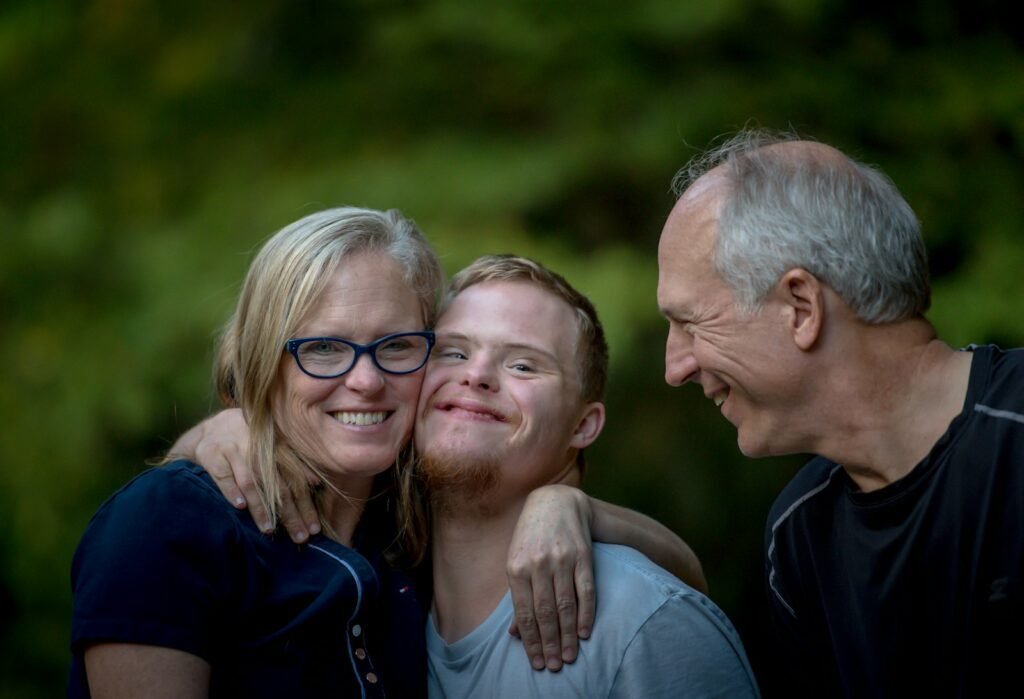Your brain is constantly buzzing with nearly unfathomable activity every moment of your life. The brain has 86 billion neurons, which are each connected to 10,000 others. These connections are the foundation of everything you learn and remember. On any given day, you process vast amounts of sensory information through your various senses. By understanding the neuroscience of learning, you can unlock your brain’s full potential and achieve extraordinary success.
Yet when you pick up a new skill, master a language, or even understand a simple concept for the first time, something remarkable happens behind the scenes. The process involves intricate biological machinery working together in ways that scientists are still uncovering. Let’s explore the fascinating neuroscience of what actually occurs new.
Your Brain Becomes a Construction Site
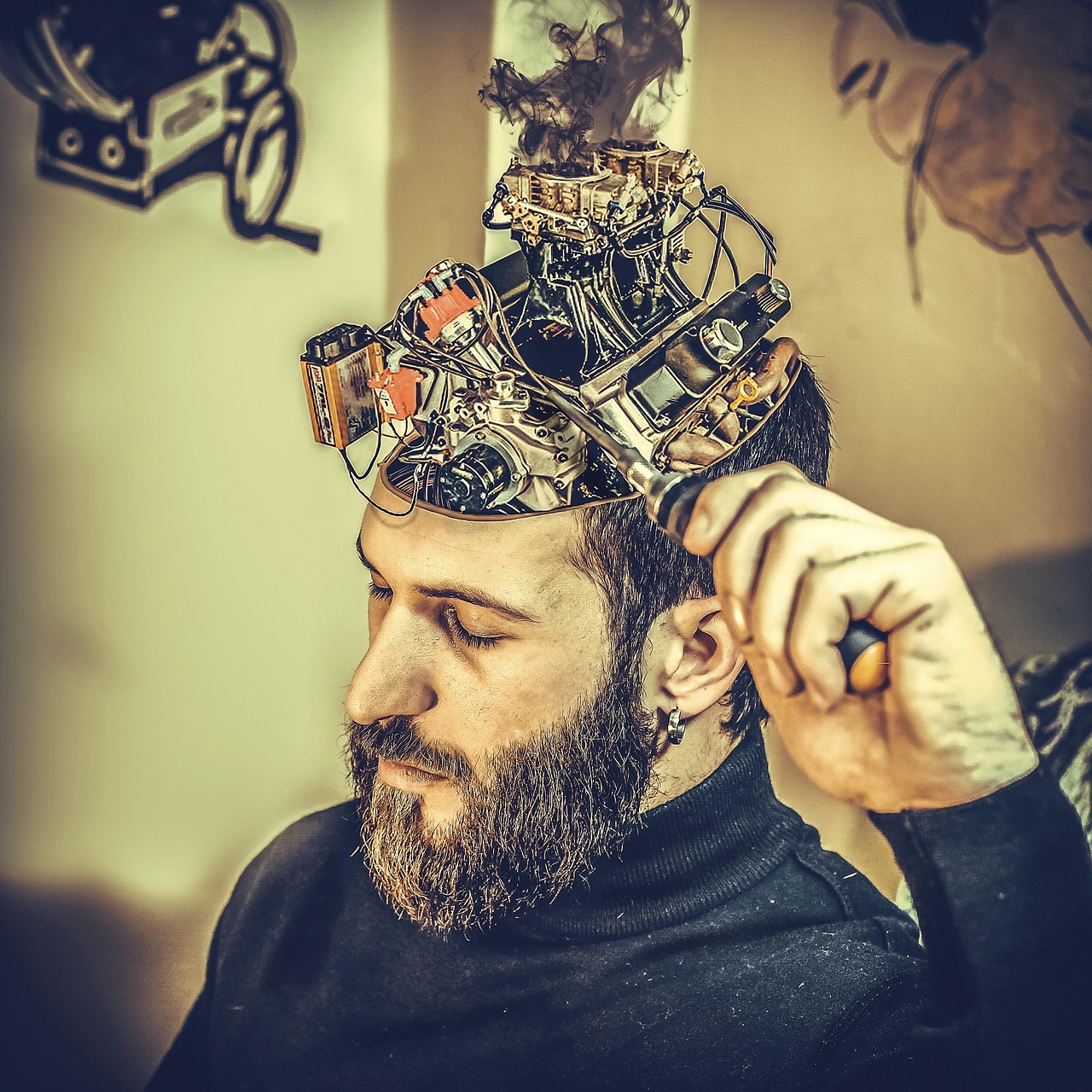
When you learn something new, your brain literally rewires itself at the most fundamental level. The plasticity of the brain in its whole complex manner can be summarised in one sentence: “Neurons that fire together, wire together”. This isn’t just a catchy phrase – it’s describing the actual physical transformation happening inside your head.
In this process, there occur structural changes in the synapse to facilitate neurotransmission. Basically this works on the ‘Hebbs Postulate’ in which coordinated activity of a presynaptic terminal and a postsynaptic membrane would make the synaptic connection stronger (‘Hebbian plasticity). Think of it like strengthening a bridge between two cities – the more traffic that flows across it, the more robust and efficient that connection becomes.
Your neurons actually grow new connections called synapses, and existing connections become stronger or weaker depending on how often they’re used. Structural changes include sprouting and pruning, Sprouting generally includes increase in synapse number, size, spine density, receptor density, dendritic arbour and axonal arbour density. This remarkable adaptability allows your brain to continuously reshape itself throughout your entire life.
Chemical Messengers Orchestrate the Learning Symphony
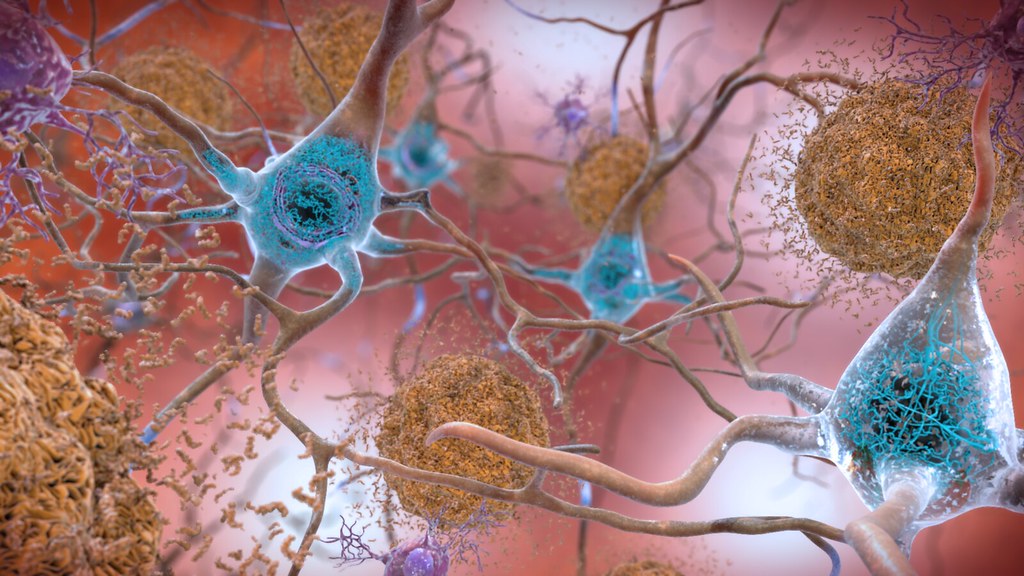
Learning doesn’t happen in silence – it’s accompanied by a complex chemical orchestra playing inside your brain. Chemical messengers in the brain play a key role in neural adaptability. Glutamate, for example, is critical to the LTP process. Changes in neurotransmitter release and receptor sensitivity can affect synaptic strength. These neurotransmitters are like molecular postal workers, carrying crucial information between brain cells.
Plastic change often results from the alteration of the number of neurotransmitter receptors located on a synapse. There are several underlying mechanisms that cooperate to achieve synaptic plasticity, including changes in the quantity of neurotransmitters released into a synapse and changes in how effectively cells respond to those neurotransmitters.
Dopamine plays a particularly fascinating role, especially when you’re learning something rewarding or exciting. New research from the Malenka lab reveals that reward-based learning requires the two neuromodulators to balance one another’s influence. A double-transgenic mouse line enabled simultaneous visualization and control of dopamine and serotonin neurons in behaving animals during learning. This delicate chemical balance helps explain why some learning experiences feel more engaging than others.
Your Hippocampus Acts as Memory’s Librarian

The hippocampus is a part of your brain that’s responsible for your memory and learning. This small structure helps you remember, both short- and long-term, and gain awareness from your environment. Despite being roughly seahorse-shaped and about 4 centimeters long, this tiny brain region performs one of the most crucial jobs in learning.
It converts short-term memories into long-term memories by organizing, storing and retrieving memories within your brain. Your hippocampus also helps you learn more about your environment (spatial memory), so you’re aware of what’s around you, as well as remembering what words to say (verbal memory).
When you learn something new, researchers from Arizona State University and Stanford University have found another role for this brain structure in learning. The hippocampus formed bound associations of multiple features that supported learning in the striatum about the configuration of multiple features in the environment. It’s like having a personal librarian who not only files away new information but also cross-references it with everything you already know.
Synaptic Connections Grow Stronger Through Repetition
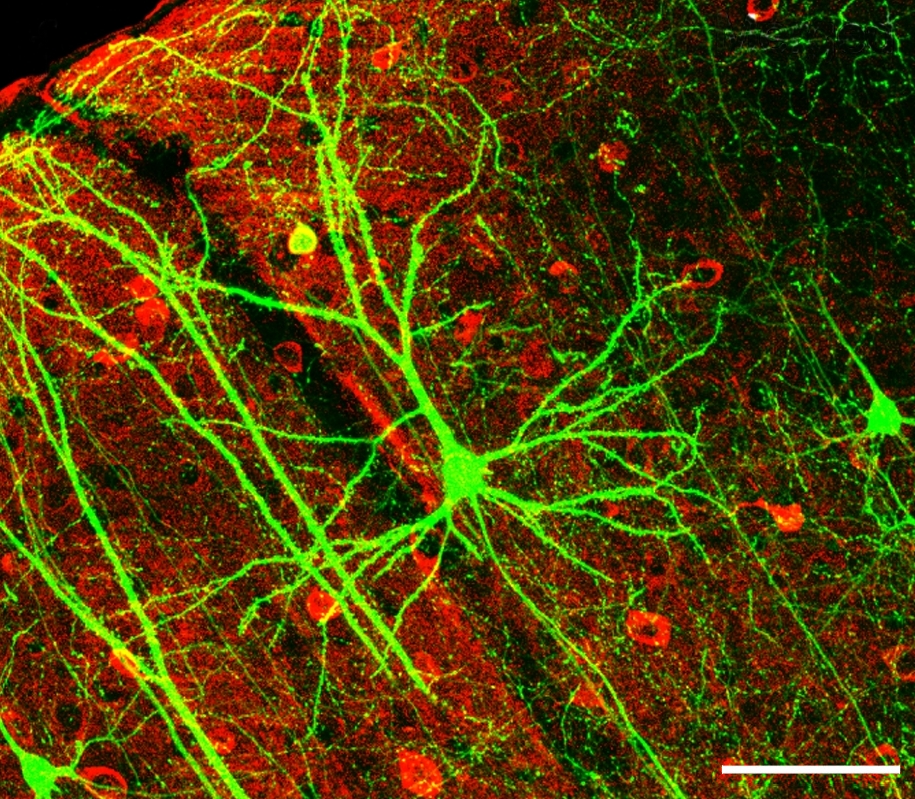
The more you practice something, the more permanent it becomes in your brain – and there’s a specific biological reason for this. Reviewing the things we want to remember helps strengthen the connections between neurons that allow us to recall them on demand. Understanding that process paves the way for a realistic approach to studying a new subject or picking up a new skill.
LTP is one of the most well-studied mechanisms underlying neuroplasticity and is a specific cellular and synaptic process in which the strength of a synapse is increased, resulting in more efficient transmission of signals between the presynaptic and the postsynaptic neurons. Mechanistically, LTP involves changes that can last for an extended period (days, weeks, or even years) in the synaptic structure.
Synaptic adaptiveness is the cornerstone mechanism of neuroplasticity. It covers two main types: Long-term potentiation (LTP). LTP involves the strengthening of synaptic connections. This occurs when two neurons are repeatedly and synchronously activated together. This leads to an increase in the efficiency of transmitting signals through the synapse. This explains why consistent practice, rather than sporadic cramming, leads to better learning outcomes.
Your Brain’s Architecture Physically Reshapes Itself
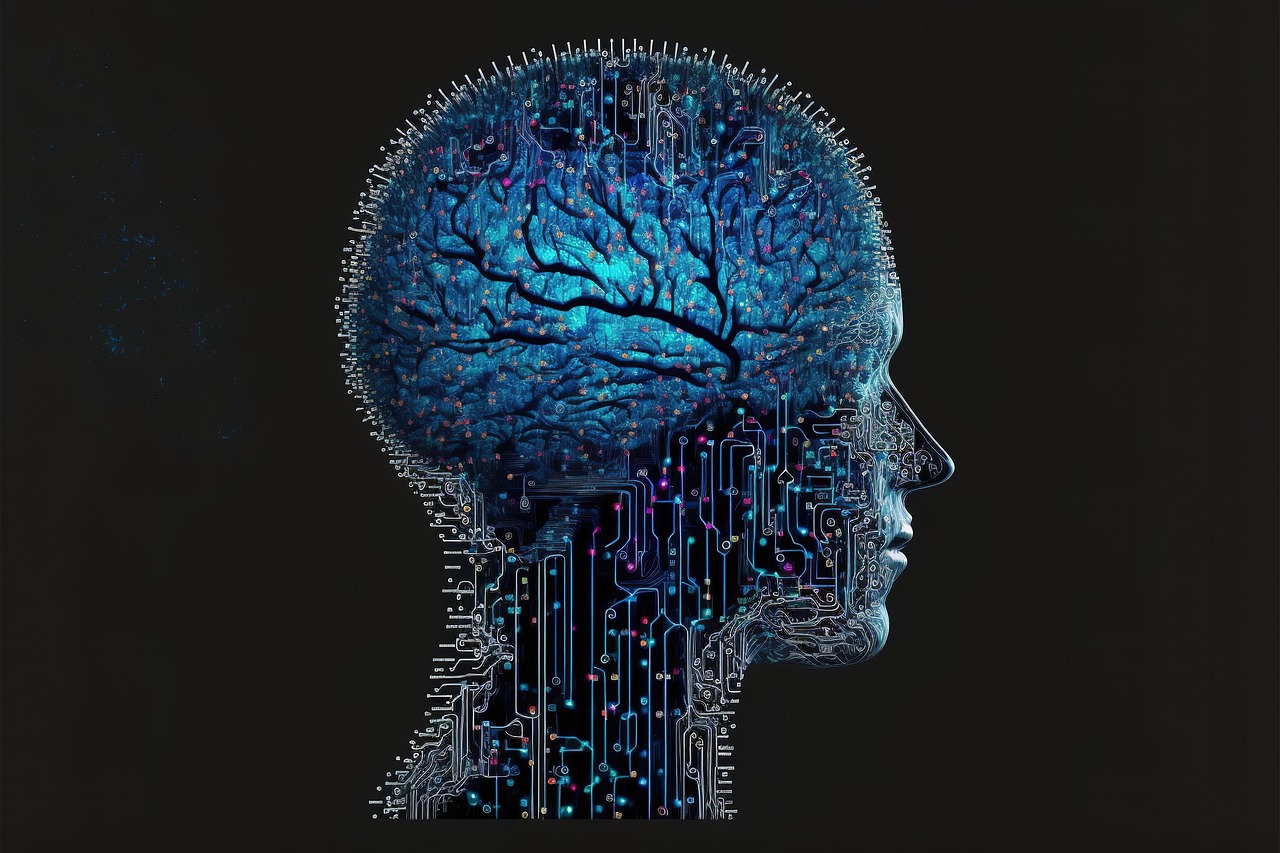
Neuroplasticity, also known as neural plasticity or just plasticity, is the medium of neural networks in the brain to change through growth and reorganization. Neuroplasticity refers to the brain’s ability to reorganize and rewire its neural connections, enabling it to adapt and function in ways that differ from its prior state. This process can occur in response to learning new skills, experiencing environmental changes, recovering from injuries, or adapting to sensory or cognitive deficits. Such adaptability highlights the dynamic and ever-evolving nature of the brain, even into adulthood.
This isn’t just about strengthening existing pathways – your brain actually builds new neural highways. These changes range from individual neuron pathways making new connections, to systematic adjustments like cortical remapping or neural oscillation. Other forms of neuroplasticity include homologous area adaptation, cross modal reassignment, map expansion, and compensatory masquerade.
Imagine your brain as a city that’s constantly under construction, with new roads being built and old ones being renovated based on traffic patterns. The areas you use most get the best infrastructure, while neglected routes might be dismantled to make room for more important connections.
Learning Creates Cascading Molecular Events
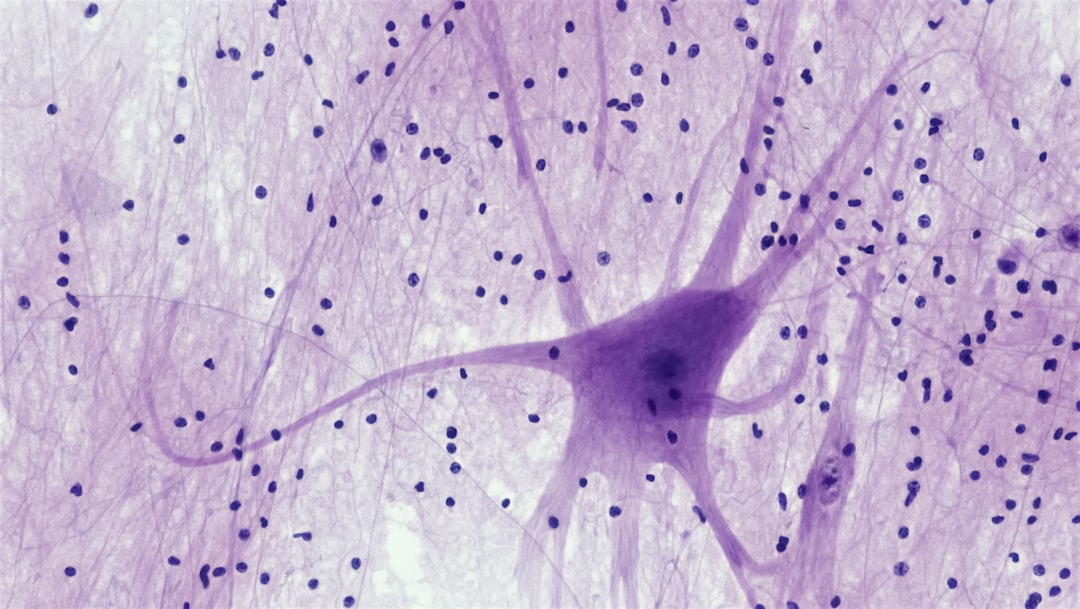
At the molecular level, learning triggers a complex sequence of biochemical events that reads like a sophisticated recipe. Recent data have demonstrated a biochemical sequence of events in the rat hippocampus that is necessary for memory formation of inhibitory avoidance behavior. The sequence initially involves the activation of three different types of glutamate receptors followed by changes in second messengers and biochemical cascades led by enhanced activity of protein kinases A, C, and G and calcium-calmodulin protein kinase II, followed by changes in glutamate receptor subunits and binding properties and increased expression of constitutive and inducible transcription factors.
Gene expression. Changes in gene expression in neurons are another vital aspect of neuro adaptiveness. Learning and experience can activate or deactivate specific genes. This can lead to new synaptic connections or the strengthening of existing ones. Your learning experience is literally rewriting your genetic instruction manual at the cellular level, determining which proteins get manufactured and when.
This molecular machinery operates with remarkable precision, ensuring that temporary experiences can become lasting changes in your brain’s structure and function. It’s like having microscopic construction workers following detailed blueprints to renovate your neural architecture.
Different Brain Regions Form Learning Networks

Key structures in the brain for learning include the hippocampus, cerebrum, and basal ganglia, among others. However, learning isn’t confined to just these areas – it involves coordinated activity across multiple brain regions working together like a synchronized orchestra.
First, during learning, the brain must rapidly form an initial neural representation of the new experience. Second, the brain then must consolidate the new representation in an organization that is optimized for retrieval when cued by a stimulus that may be just distantly associated to a feature of the initial experience. This two-step process involves different brain networks at different stages.
Nestled beneath the cortex, the striatum consists of three separate structures — the caudate, putamen and nucleus accumbens — and plays an important role in learning what predicts desirable outcomes. The hippocampus formed bound associations of multiple features that supported learning in the striatum about the configuration of multiple features in the environment. Until recently, the brain was thought to have separate learning systems, but the findings suggest the hippocampal memory system and striatal reinforcement learning system are interrelated.
Learning Involves Both Building Up and Breaking Down
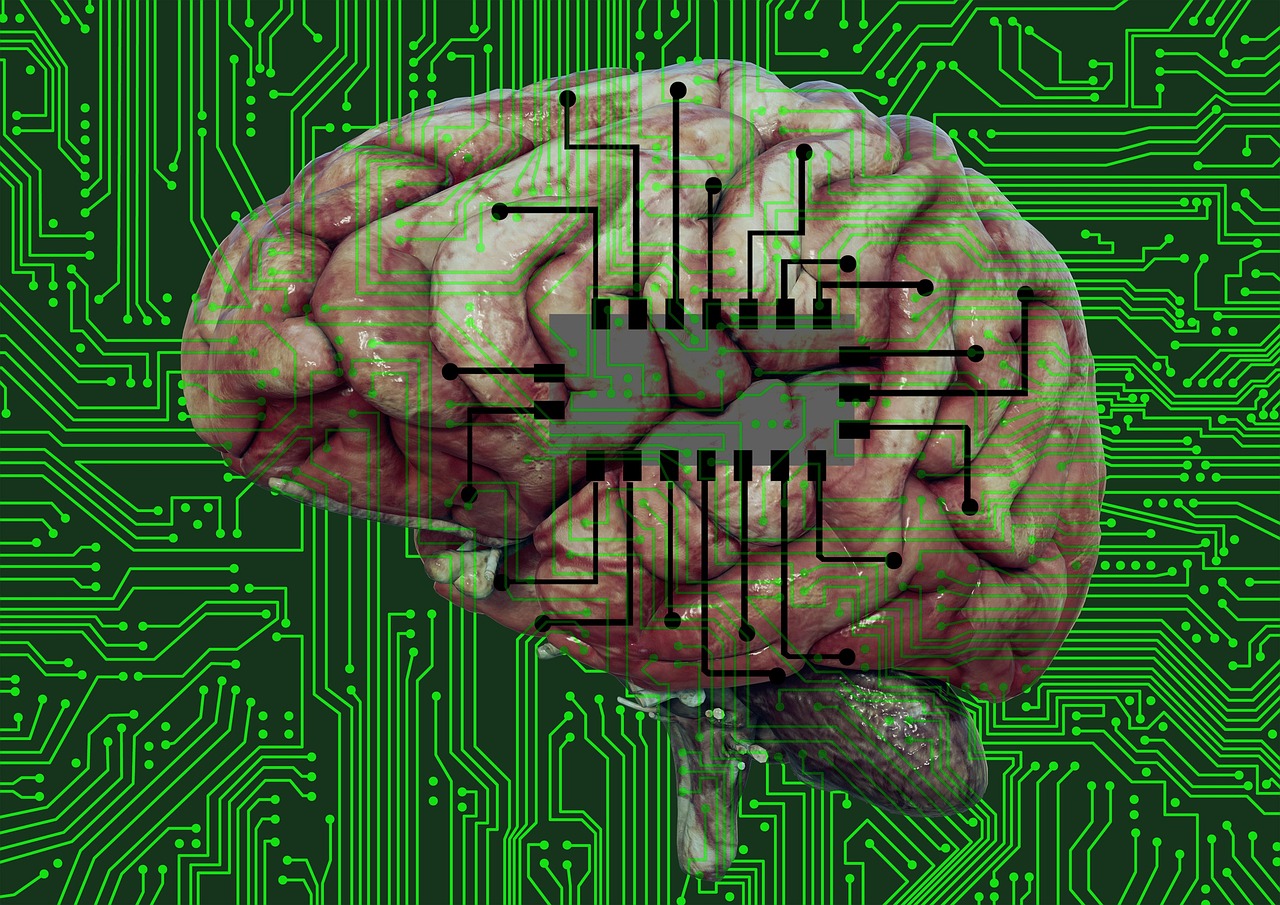
Counterintuitively, effective learning involves both strengthening and weakening neural connections. Long-term depression (LTD). LTD is the opposite of LTP and results in a weakening of synaptic connections. LTD is the opposite of LTP. This is due to the weakening of synaptic connections. This might seem destructive, but it’s actually crucial for efficient learning.
Brief activation of an excitatory pathway can produce what is known as long-term depression (LTD) of synaptic transmission in many areas of the brain. LTD is induced by a minimum level of postsynaptic depolarization and simultaneous increase in the intracellular calcium concentration at the postsynaptic neuron. Think of it as neural decluttering – your brain needs to weaken irrelevant connections to make the important ones stand out more clearly.
LTD helps maintain synaptic connections’ overall balance and efficiency, which is essential for synaptic homeostasis. Both LTP and LTD are critical for the adaptative capabilities of the CNS and allow neural circuits to adjust their connections and synaptic strength in response to experiences, cognitive function, memory consolidation, and habituation. This delicate balance between strengthening and weakening ensures your brain doesn’t become overwhelmed with unnecessary information.
Your Learning Brain Never Truly Sleeps
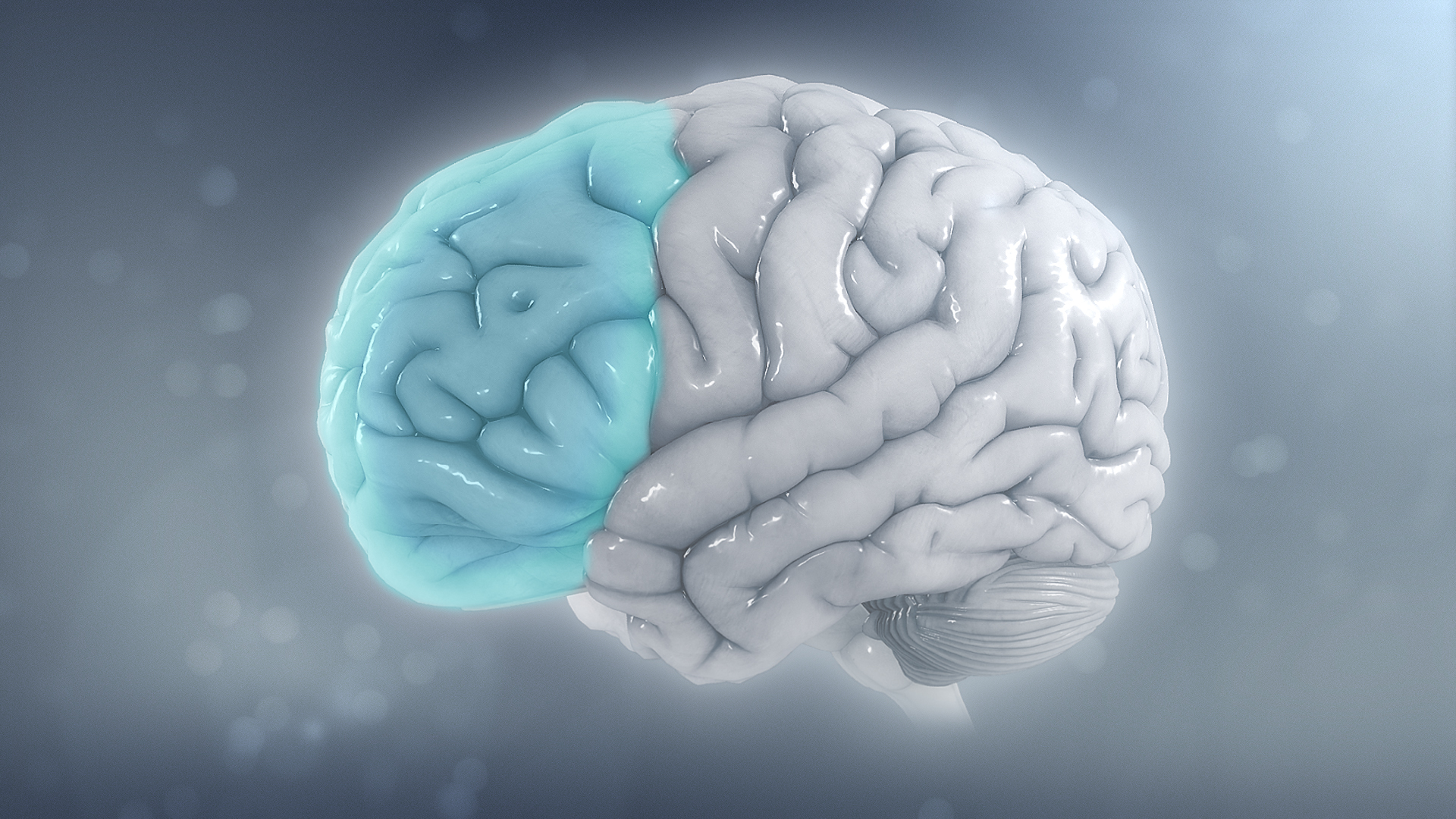
Neuroplasticity – the brain’s ability to rewire itself – continues to redefine how we approach brain health. While aging has long been associated with cognitive decline, advances in neuroplasticity-focused strategies are showing that staying young in mind may be more achievable than ever before. Recent research reveals that neuroplasticity, the brain’s capacity to reorganize itself by forming new neural connections, is central to modern neuroscience. Once believed to occur only during early development, research now shows that plasticity continues throughout the lifespan, supporting learning, memory, and recovery from injury or disease.
Even during rest periods, your brain continues processing and consolidating what you’ve learned. The relationship between ventromedial prefrontal activation and inference expression further suggests that, in this case, competition was resolved through the formation of an integrated memory schema that accommodated the shared relationships among A, B, and C, leading to enhanced performance on judgments about the unobserved relationship between A and C. Other recent research has revealed that ventromedial prefrontal interactions with hippocampus are sustained during rest periods following schema formation, consistent with the notion that offline replay of task-evoked activation patterns in these brain regions facilitates the consolidation of newly-formed schemas.
This ongoing neural activity means that learning isn’t just something that happens when you’re actively studying or practicing – your brain is constantly integrating new information with existing knowledge, creating richer and more interconnected understanding even while you sleep.
Conclusion: Your Brain is an Ever-Evolving Marvel
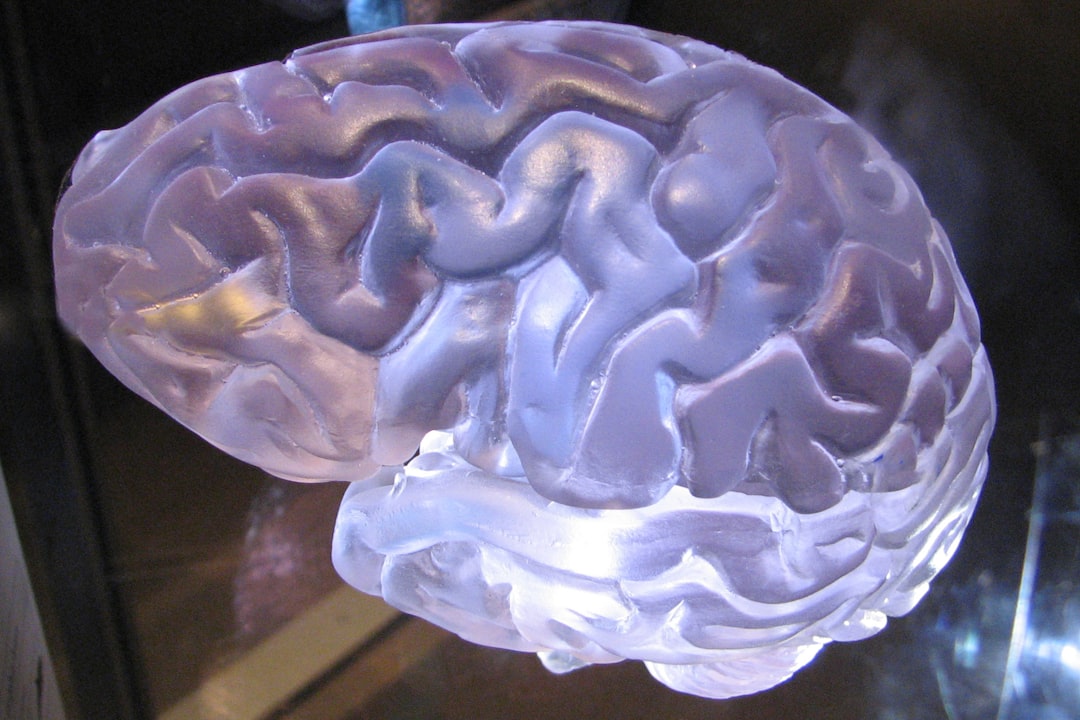
Learning transforms your brain in ways that are both profound and beautiful. From the microscopic dance of neurotransmitters to the large-scale reorganization of neural networks, every new skill you acquire and every piece of knowledge you gain physically changes the very structure of your mind. This convergence of technology, healthcare, and neuroscience highlights a future where maintaining brain health and cognitive vitality is an accessible reality.
The next time you struggle with learning something new, remember that your brain is performing an incredibly sophisticated biological renovation project. Those moments of confusion and effort aren’t signs of failure – they’re evidence that your neural construction crew is hard at work, literally building the pathways that will make that knowledge part of who you are.
Understanding these processes can help you approach learning with greater patience and strategic thinking. Your brain is far more adaptable and capable than you might have imagined, continuing to grow and change throughout your entire life. What new neural pathways will you build today?

Jan loves Wildlife and Animals and is one of the founders of Animals Around The Globe. He holds an MSc in Finance & Economics and is a passionate PADI Open Water Diver. His favorite animals are Mountain Gorillas, Tigers, and Great White Sharks. He lived in South Africa, Germany, the USA, Ireland, Italy, China, and Australia. Before AATG, Jan worked for Google, Axel Springer, BMW and others.



